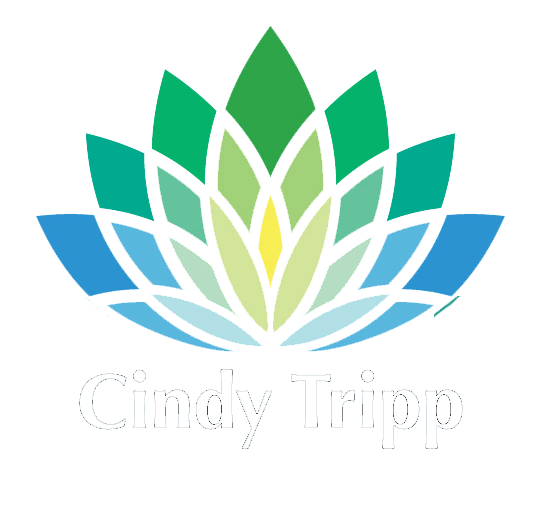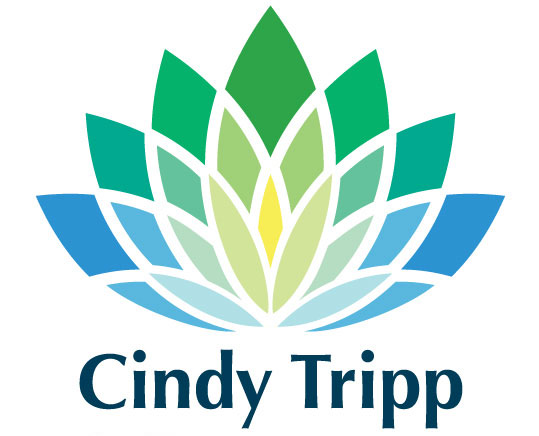I just completed a very different project for me…fundraising for The Leukemia & Lymphoma Society (LLS). I was naive about how to approach it so I did what I knew to do…treated it like a marketing campaign. To my surprise, I won the Cincinnati Woman of the Year and Cincinnati/Dayton beat out much larger markets (NYC, DC, LA) to be the most successful fundraising Man & Woman of the Year Campaign this year. Here are some lessons I learned.
- Know your Point of Difference: LLS is a great cause but so are a lot of other causes. Why should people give to me on behalf of LLS? I had to get clear on my campaign’s point of difference. Here are some of the things that stood out as I reflected.
- “a person is diagnosed every 3 minutes in the US” raised the relevance of the rare disease
- my story of both my mom and daughter battling the disease touched the hearts of people who know me
- “Leukemia is on the verge of having a cure: you can contribute to a cure today” helps to describe impact
- Know your audiences: I had at least four distinct audiences–my close family and friends; people living in my community; professional colleagues, my broader network of acquaintances. These groups had different affiliations with me and different needs and motivations for giving. I considered each and what might inspire them to give.
- Design with your audience in mind: I spent a lot of time planning specific events that would connect with my different audiences and motivate them to give. I tried to offer benefits beyond just feeling good about contributing to a good cause. I wanted there to be additional direct personal benefits.
- For my family and close friends, I leveraged 1 on 1 personal appeal, explaining why I was doing it and what I hoped to accomplish. Direct personal benefit: supporting me.
- For people living in my community, I tried to create events that allowed the community to come together and have fun. Events at local eateries where % of sales went to LLS, parties at local bars with raffles and music, an awareness effort at a local Walgreens all engaged my community in volunteering, contributing and talking about LLS. Direct personal benefit: fun with neighbors.
- For professional colleagues, I created The Business Acumen Series, which was a three part series from thought leaders in branding, design and personal resiliency. This series was a larger ticket price and raised a big chunk of my total funds. Direct personal benefit: useful professional knowledge and networking.
- For my broad network of acquaintances I created interesting events that would be fun for them–a mother daughter tea, a cheese tasting, a tea tasting, etc. Direct personal benefit: interesting social events.
- Don’t be afraid to ask. This was the hardest part for me, asking for help or contributions. I was truly surprised by the willingness of people to offer help. Sometimes I asked for one thing and they gave another, but more often than not, they did contribute. Through asking, I found volunteers to help staff events, locations for hosting events, entertainment and food & drink for events. In fact nearly everything I did was fully donated by someone. And, when the answer was “no,” it was not the end of the world. Asking did not hurt my relationship with people, it usually strengthened it to my surprise.
- Persist when things look like they are not going well. There were two distinct times in the campaign when I thought I was going to fail (that is, not hit my stated goal). Momentum through the campaign shifted and I worried. Once I had to cancel an event because no one was signed up for it and another time the week was eerily silent, no online donations or checks in the mail. I wondered if my goal was unrealistic or if I thought too much of my abilities. Both times I calmed myself down and considered my goal, strategy and plans and decided to stay the course (persist). And, momentum turned back on. In any challenge you stretch to deliver, there are these moments of doubt and silence. At this point, many people give up, but this is the point when persistence is most needed and great things materialize.
- Dream Big. I love this quote: “Our deepest fear is not that we are inadequate. Our deepest fear is that we are powerful beyond measure. It is our light, not our darkness that most frightens us. We ask ourselves, Who am I to be brilliant, talented, and fabulous,” or to raise $100,000 in ten weeks? I was afraid to dream big, but I am certain I raised $127,000+ because I did. My big goal led to me doing big things (like dreaming up The Business Acumen Series) to achieve it. Had I set the more comfortable $50,000 goal, then I would not have had to use my imagination to identify new ways to deliver. I bet the same is true in business. Are we dreaming big enough?
- Be Grateful. No one does anything alone. I may have set the goal and dreamed big things and not given up, but I was not alone. I was supported by hundreds of people who believed in me and supported the cause with me. I tried to say thank you at every step of the way. I hope I said it enough because I felt deep gratitude for all that was done on my behalf. I think gratitude works in business too.
So, lessons learned from fundraising that might just matter in business:
Know your point of difference
Know your audience
Design with your audience in mind
Ask
Persist
Dream Big
Be Grateful
Cindy
Take Action
Think about these lessons. Which one can you further develop in your repertoire?

